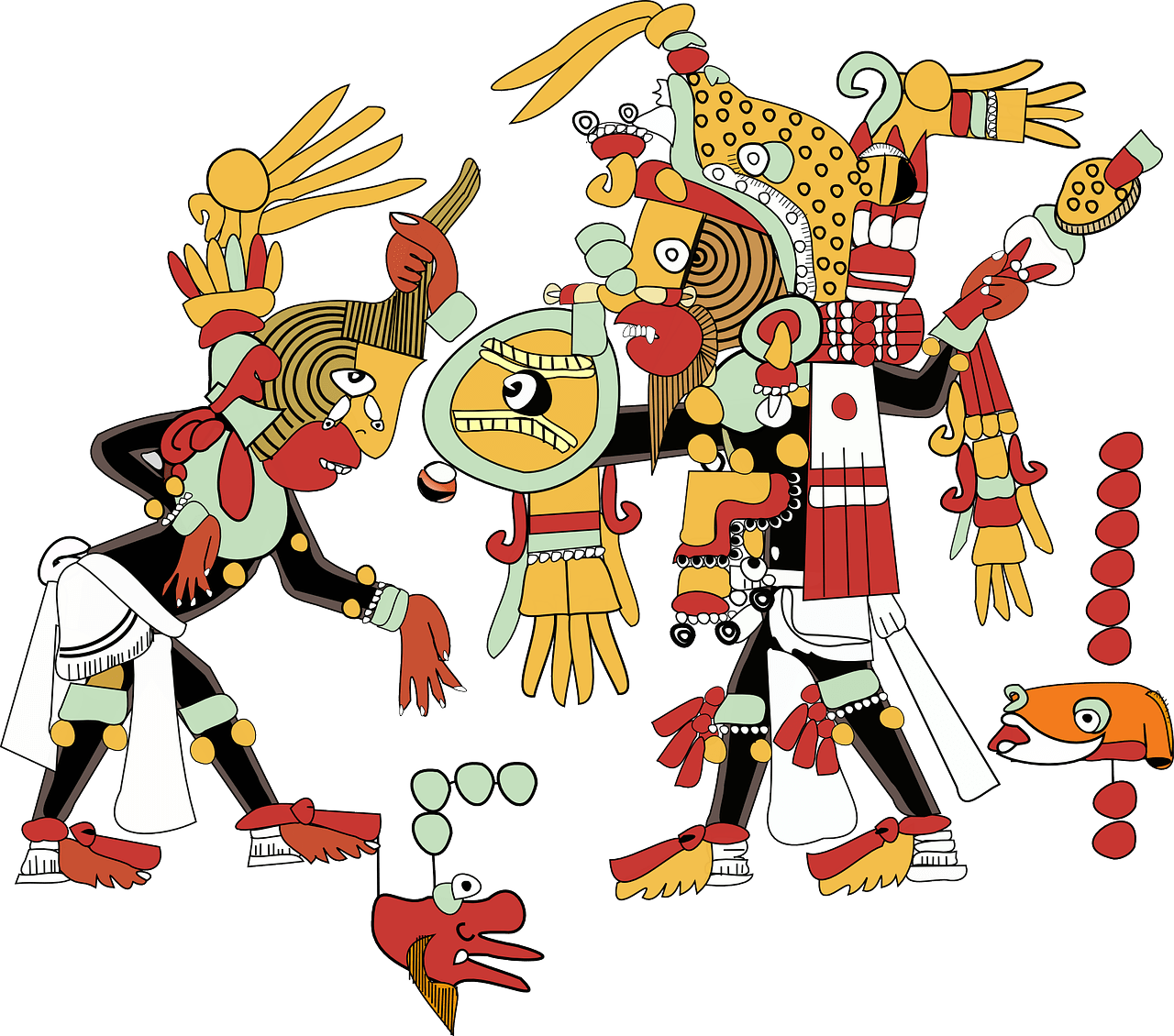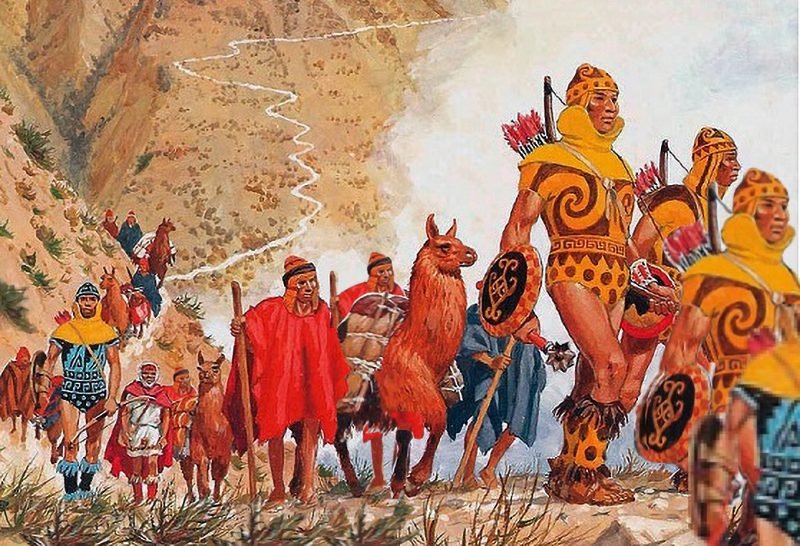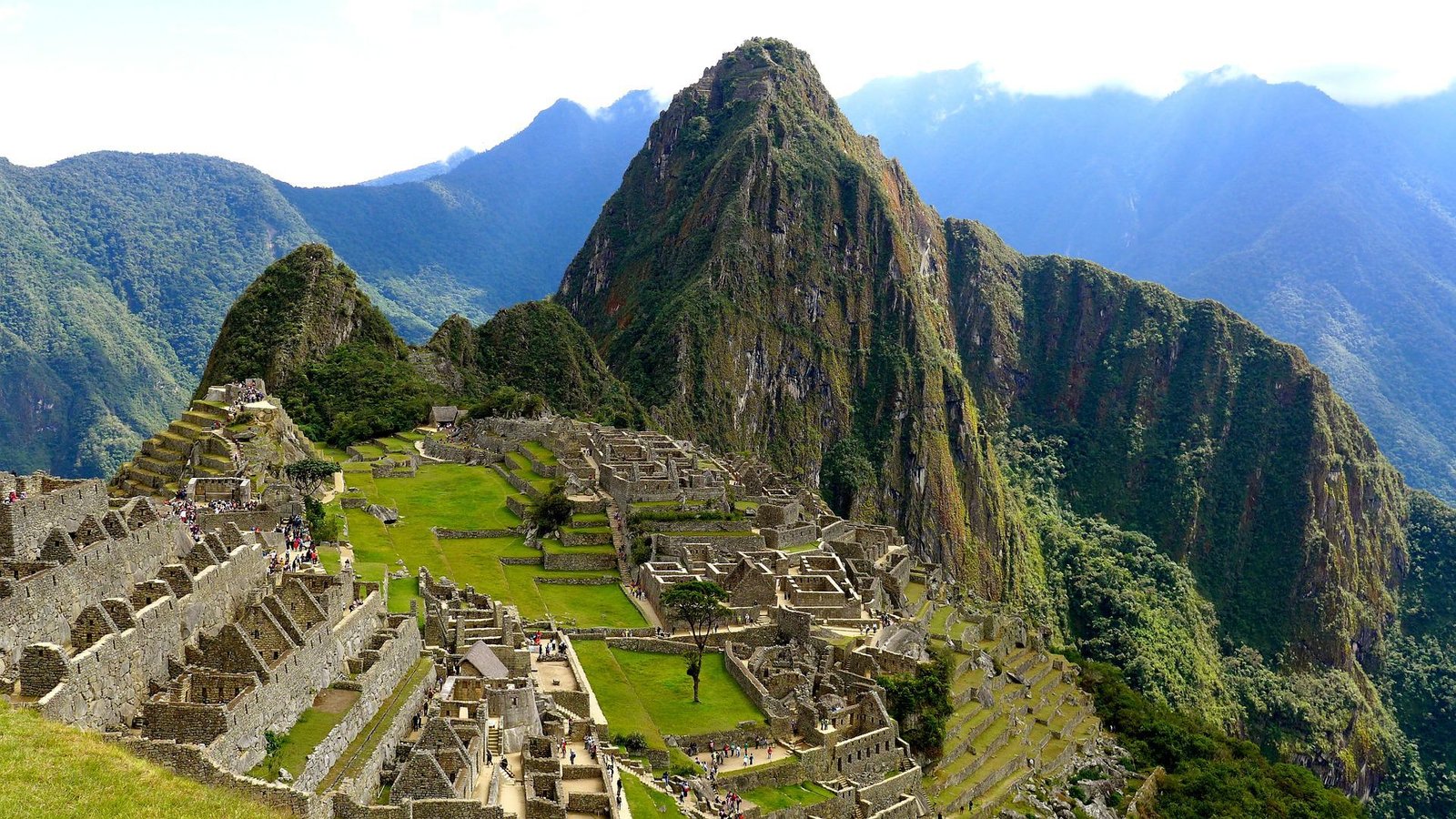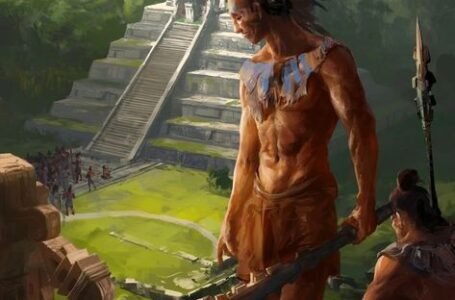#WorldOfMythologies : Inca Mythology The Amerindians Myths

Inca mythology is the name given to the set of beliefs, faith, and traditions of the Inca people living in the Andes mountains of South America. The Incas were a South American civilization formed by the ethnic Quechuas, sometimes known as the Amerindians. Inca has several legends that tell us about the origin of the world according to the Incas. But the most famous legend has it that the Andean God Viracocha chose to give rise to the world in the midst of darkness which was home to giants.

The giants disobeyed their creator so he decided to exterminate them with a devastating flood. Then he created men, the Sun, the Moon, and the Stars and entrusted the World to his Son Viracochan, who taught men to live in harmony, cultivate the land, harvest and rule themselves wisely. Viracocha then created an empire that worshipped and invoked his father, Viracocha- the creator and several other Gods and Goddesses namely, Mama Cocha- the sea Goddess, Inti- the Sun God, Apu Illapu- the God of rain, Mama Quilla- the Goddess of the moon, Pachamama- the fertility Goddess, Cuichi- the God of the rainbow, Catequill- the thunder and lightning God and Supay- the God of death. The Inca believed that every mountain summit was home to a deity. Every Inca residence featured one or more sculptures that harbored a spirit.

They believed that there were mini- gods lurking everywhere and a God was in charge of everything, even nature. The Incas revered the deceased, their ancestors, and the founders of their civilization. The Inca society was an agricultural civilization with a population of more than 10 million people at its peak in 1500 A.D. In less than a century, from 1438 to 1533 the Incas conquered a large proportion of South America through combat, astute diplomacy, and passive osmosis. By the 16th century, the Inca empire had grown to be the most powerful civilization seen in the Americas. Its capital was Cusco, Peru, and it spanned what is now Ecuador in the north, Chile in the south, Bolivia in the east, and was bordered on the west by the Pacific Ocean.

The Inca performed a series of rites to reaffirm their lordship and to reestablish the tie between the capital and the provinces. One of the most important of these rituals was “Cannibalism”. It was an act of a person consuming another human’s flesh and it was ceremonial for the Incas since it connected to sacrifice, warfare, death, and regeneration. Inca people thought that by eating another person they would acquire their strength, abilities, and achievements. Another such ritual was “Capacocha”. It entailed selecting youngsters from the Inca empire who would be taught and readied to be an offering to Viracocha or Inti. Those who were chosen were fated to be sacrificial victims. Cuzco, the Inca capital, would be the site of the sacrifice. Those children would be either strangled with a cord, flogged to death, have their throats slit, or buried alive in a tomb.

The Incas mummified their dead so that when they were interred, the mummies may interact with the prehistoric ancestors who were also buried there and the mummies were employed in numerous rites and festivities. They believed in reincarnation as well. They also gave us a moral message that people who followed the Inca rule of not stealing, lying, or being sluggish were sent to dwell in the sun’s warmth while those who disobeyed this commandment perished in the cold, black ground thereafter. These are some of the fascinating facts regarding the Inca mythology, don’t forget to check our other blogs.



